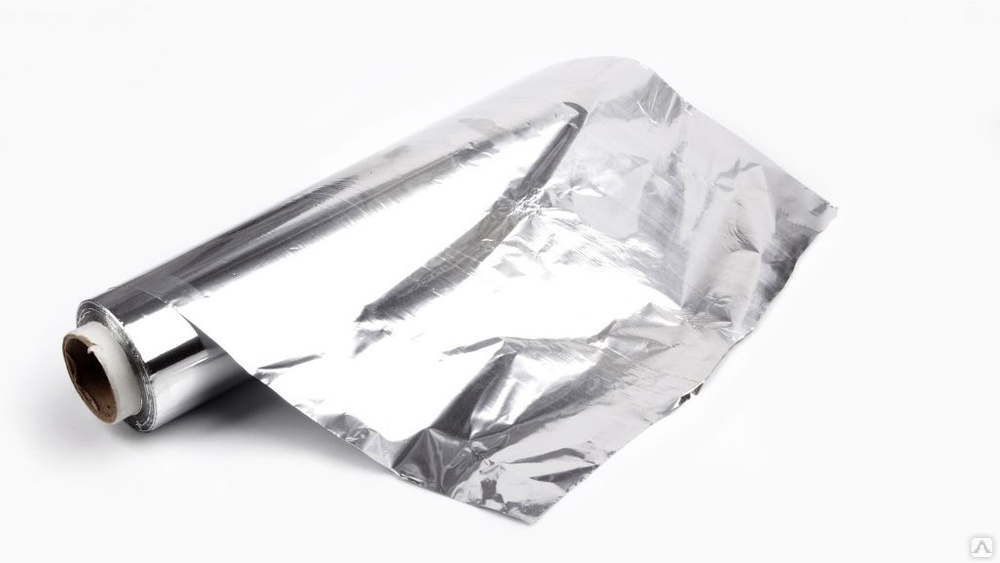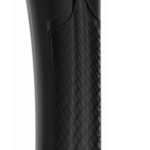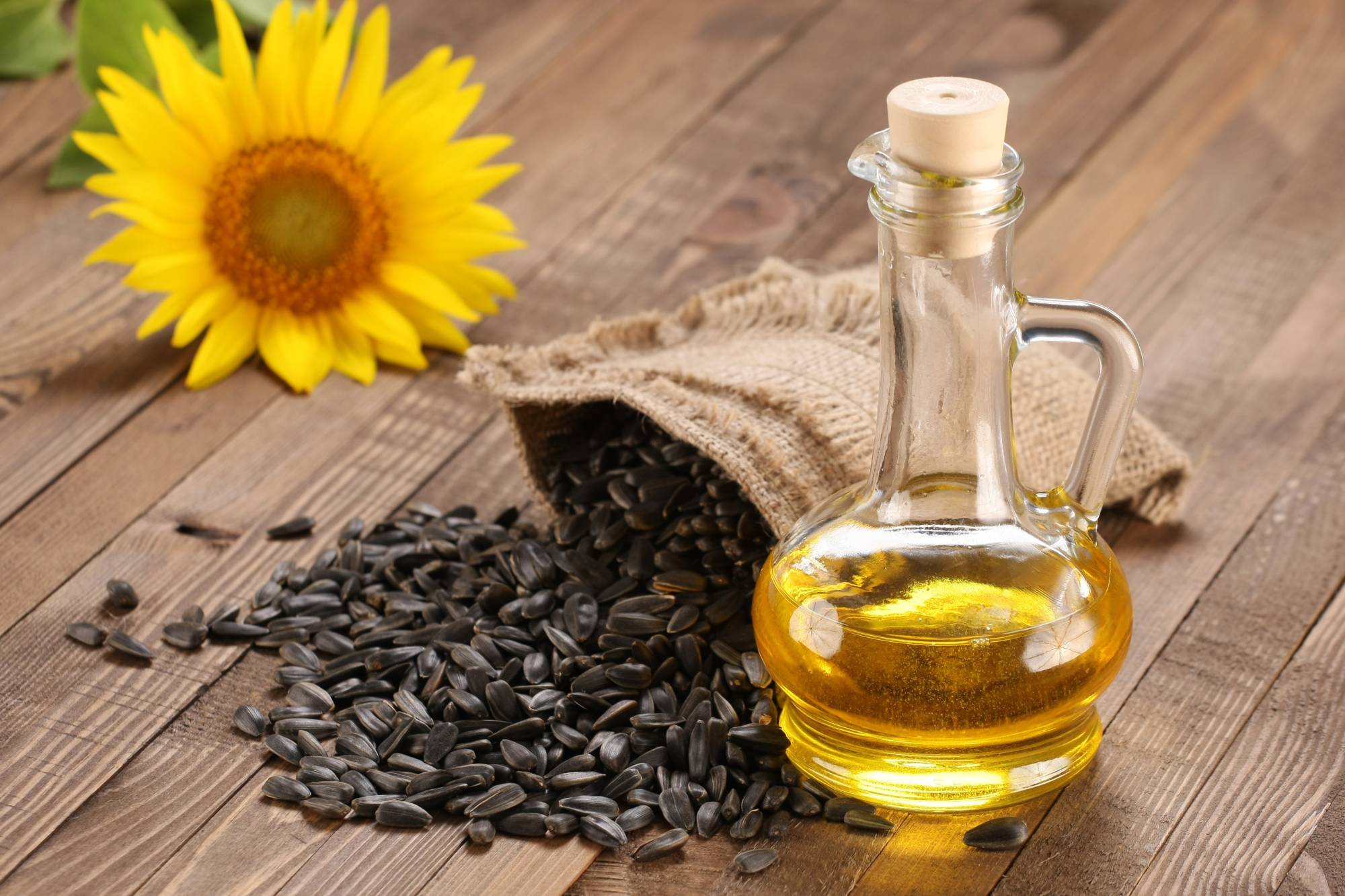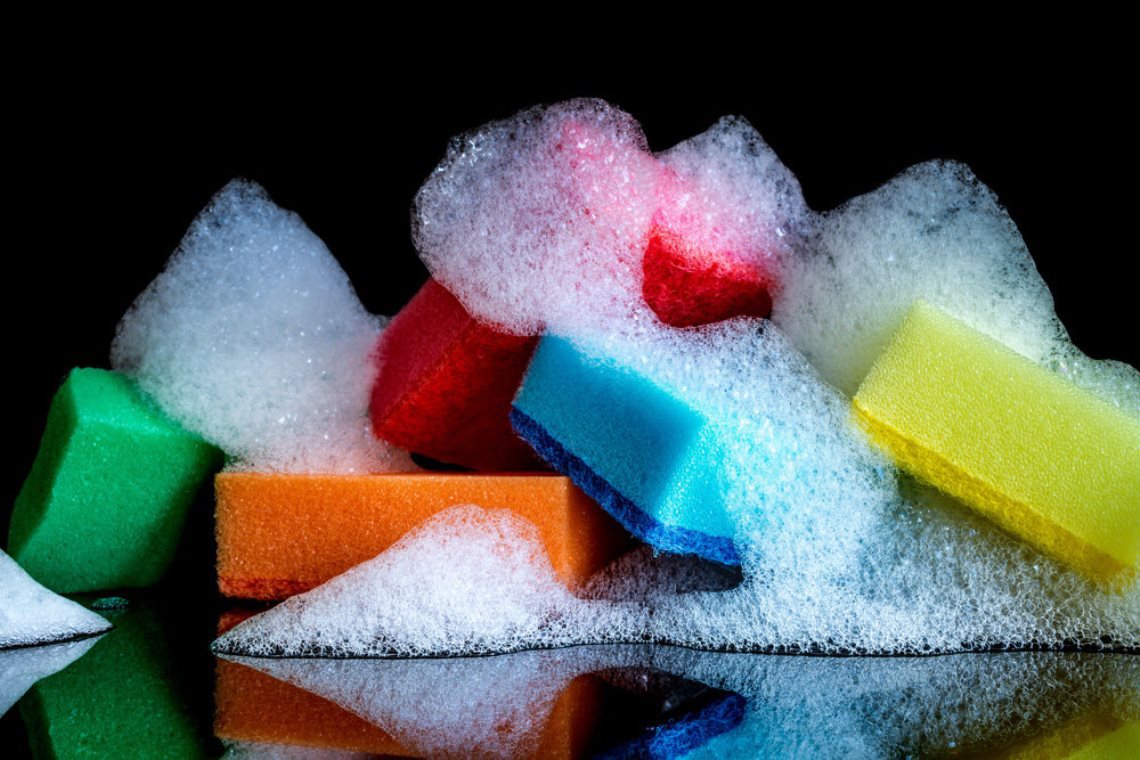What is foil
There is probably no person who does not know about foil. It has long been used by people and is used for various purposes: in cooking, medicine, construction, creativity, printing and other areas. Let's find out what it is, what it is made from and what types there are.
The content of the article
Definition
Foil is the thinnest metal sheet of “paper”. Its thickness varies: 0.0001 to 0.2 mm. It is quite plastic and pliable. Can be made from aluminum, tin, copper, silver, gold and other metals and alloys.
- An iron or steel sheet is called tin, and the word “foil”, as a rule, is not applied to such materials. Thickness varies - 0.10-0.36 mm.
- For the thinnest tin sheets there is a separate name - staniol.
- Products made from precious metals are the thinnest. They are called gold leaf, and their thickness is no more than 0.00001 mm.
Interesting fact! Initially, the emphasis in the word “foil” was placed on the first syllable, but then this setting was considered obsolete. It is now generally accepted and correct to place the stress exclusively on the second syllable.
If we talk about foil, which is in every kitchen, then such sheets are made of aluminum. Typically their thickness is within 0.2 mm.
It is believed that they first learned about it in 1911. It was then that Alfred Gauci from Switzerland patented food foil, and then began to use it for packaging confectionery products.And after a couple of years, the idea was picked up by TM “Maggi”, which is famous for its bouillon cubes.

Characteristics
If we talk about aluminum food foil, it has been and remains a fairly popular product. Its use facilitates the cooking process, since it has many advantages:
- excellent thermal conductivity;
- environmental friendliness;
- safe for contact with food;
- resistance to high temperatures - does not melt even at 600°C;
- plasticity - can be given any shape.
If you carefully examine the sheet, you will see that one side is matte and the other is more shiny. This feature is obtained during the manufacturing process. The metal is rolled out with special rollers to a thin film. The side that came into contact with the device turns out shiny. Thus, matte absorbs infrared radiation, and glossy reflects it.
Varieties
- By surface type - one-sided (with two matte sides) and two-sided (matte + glossy).
- The texture is smooth or textured.
- Household foil - laminated (cached) and painted. Designed for confectionery products.
- In printing - holographic, diffraction, magnetic and erasable scratch foil.
- For decoration and enhancement - metallized and colored.

Where is it used?
Today foil is used in many areas of industry, as well as in everyday life:
- in electrical engineering;
- in medicine;
- construction - as insulation;
- printing;
- applied creativity - creating crafts, jewelry, gold leaf is glued to the surface to create the effect that the object is entirely made of precious metal;
- in refrigeration equipment, automotive (as fire protection), as a decorative element of structures;
- in cooking - for baking dishes and freezing them, storing food, protecting the stove from contamination, aseptic packaging of liquids;
- in everyday life - cleaning silver items, sharpening blades, ironing clothes.





